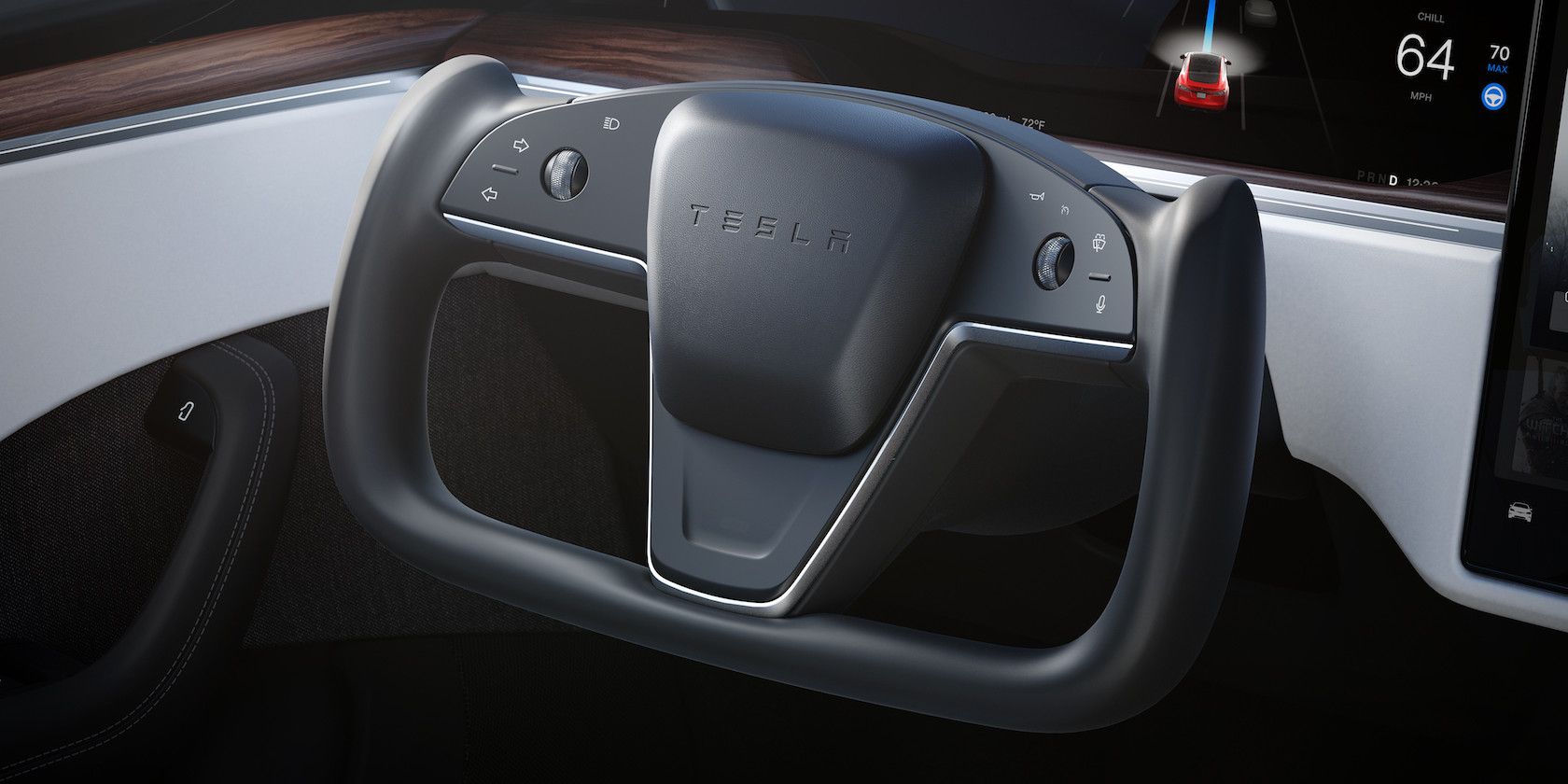The Tesla Model S Plaid is the undisputed performance king, and not just in the realm of EVs. This four-door monster appears like a relatively boring family sedan, but don't let its sheet metal fool you. The Model S Plaid can destroy super cars with ease and then take you grocery shopping in comfort. The Model S Plaid features such ridiculous numbers that crazy comparisons to race cars aren't really that crazy.
Ever wondered how a Plaid stacks up against an F1 car? Read on to find out!
The Tesla Model S Plaid's Stats
The Model S Plaid rules supreme over the realm of performance EVs. The stats are legendary, and this is by design. Elon Musk very likely wanted the Plaid to have bragging rights for a very long time, and for the moment, he can definitely relax because nothing on the street comes close to the Plaid. If you want the craziest acceleration from a production vehicle, look no further than the Plaid. The fastest Model S does the 0-60 mph sprint in an earth-shattering 1.99 seconds (with rollout subtracted).
The Plaid is ridiculously fast, mostly due to its three electric motors, which also help catapult the heavy sedan past the quarter mile in 9.23 seconds at 155 mph. If you're wondering if the Tesla is aerodynamic, you better bet it is. The Model S Plaid features an amazing drag coefficient of only .208, which rivals the amazing Lucid Air's slippery drag coefficient. The crazy thing is that these stats wouldn't look out of place in a lightweight racing car, but the fact that it's a heavy family sedan achieving these numbers is just beyond crazy.
The Tesla's greatest appeal is that it's a stealthy four-door family vehicle that can cruise in quiet comfort but at the same time destroy anything that it meets on its way to the 200 mph top speed (which Tesla says requires certain paid hardware upgrades). But can it take on the mighty power of a Formula 1 race car?
The F1 Car's Stats
Representing the internal combustion engine's last hope is a 2011 Red Bull F1 car. More specifically, the RB7, featuring a 750-hp V8 engine. Of course, the F1 car is down on power, but its advanced carbon fiber body weighs less than 1500 lbs. In terms of weight, the F1 car has this race won, but how does it perform in the quarter mile? Well, in the video above, carwow drag raced an RB7 against a Bugatti Chiron, and the numbers are pretty staggering.
The F1 car raced past the quarter mile in 9.2 seconds. The problem is that race didn't include any significant figures after the 2/10ths of a second, so we'll have to declare the F1 car the drag race king on a technicality. As a bonus, the Buggati in the video took 9.6 seconds to finish the quarter mile, so the Plaid clearly destroys this multi-million dollar machine in a drag race for WAY less money. Unfortunately, in terms of the sprint to 60 mph, carwow didn't actually publish the stats for the Formula 1 car.
But, the website Zero to 60 Times lists another Red Bull F1 car, the RB11, as being able to obliterate the run to 60 mph in 1.7 seconds, which is another win for F1 cars if the source is correct. According to the same website, the RB11 can also accelerate to 190 mph in an absurd time of fewer than 10 seconds.
If everything seems lost for the Plaid, fret not because the Red Bull car's acceleration may be an aberration. According to Autosport, the latest generation of F1 cars (2022 regs) accelerate from 0 to 60 mph in a brisk 2.6 seconds. These times would have the Model S Plaid CRUSHING the F1 car. So it depends on which F1 car the Plaid driver runs into on the open road or drag strip.
The Tesla Model S Plaid Is Still Absurdly Fast
Even if the Plaid lost this round, it's still obscenely fast. The best proof is that we've had to resort to comparisons with F1 cars— because nothing else is even close.

